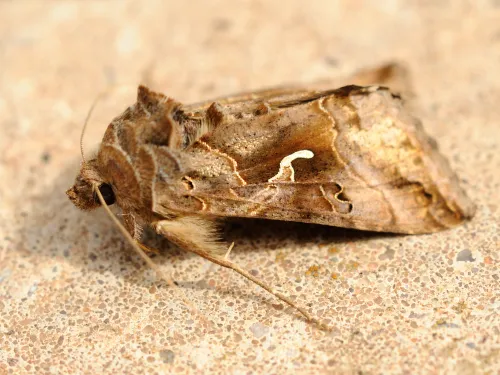
Silver Y
The Silver Y migrates to the UK in massive numbers each year - sometimes, an estimated 220 million can reach our shores in spring! Seen throughout the year, it is very common in gardens and grasslands.
Want to learn more about wildlife near you? You're in the right place, search below and discover the nature you can help protect in Kent.

The Silver Y migrates to the UK in massive numbers each year - sometimes, an estimated 220 million can reach our shores in spring! Seen throughout the year, it is very common in gardens and grasslands.
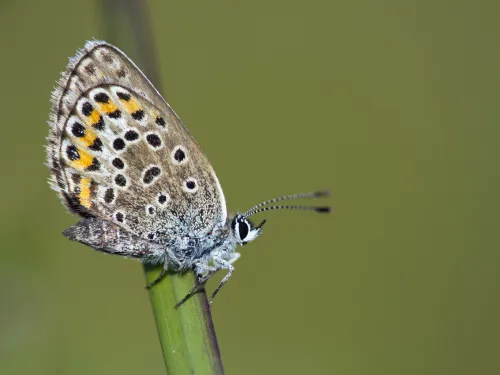
The dazzling silver-studded blue is a rare butterfly of heathland habitats, mainly in southern England. It has undergone severe population declines in recent years.
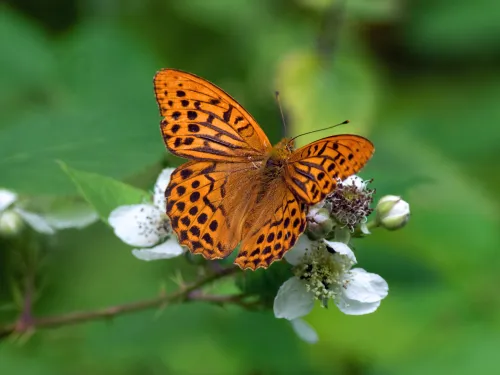
The silver-washed fritillary gets its name from the silver streaks on its underside. It is on the wing in summer, preferring sunny glades in woodlands. Despite declines, its range has spread over recent years.
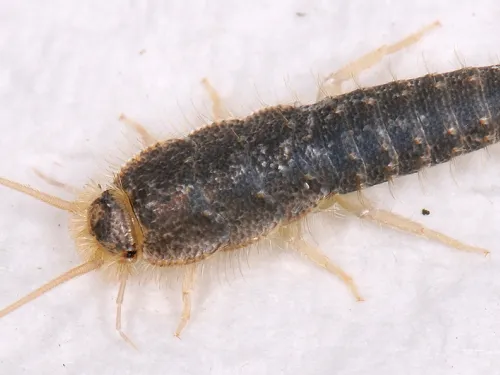
The silverfish is so-named for its fish-like way of moving and its silvery scales. It can be found in the damp corners of the house, such as the kitchen or bathroom. Infestations can cause serious damage.
As its name suggests, Silverweed has silvery leaves with toothed edges. It can be found in grassy places, along roadsides and on waste ground - look for yellow, saucer-shaped flowers and red runners.
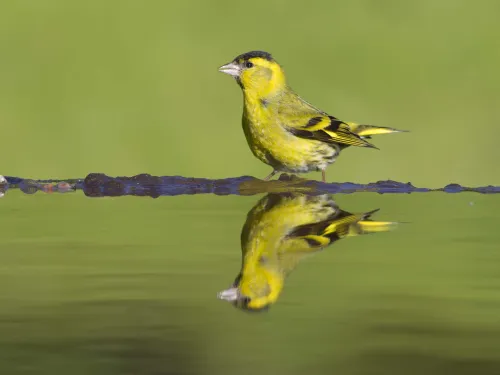
An attractive, green-and-yellow bird, the siskin regularly visits birdtables and feeders in gardens. Look for the bright yellow barring on its black wings, and the black crown of the males.
The Sitka spruce was introduced into the UK from North America in the 19th century. It has been widely planted as a forestry tree; look for classic needle-like leaves and pale brown, domed cones.
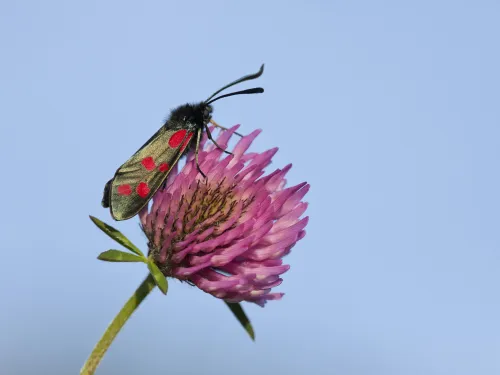
The six-spot burnet moth is a day-flying moth that flies with a slow, fluttering pattern. Look for it alighting on knapweeds and thistles in grassy places. It is glossy black, with six red spots on each forewing.
The delicate, tube-like, violet-blue flowers of Skullcap bloom from June to September in damp places, such as marshes, fens, riverbanks and pond margins.
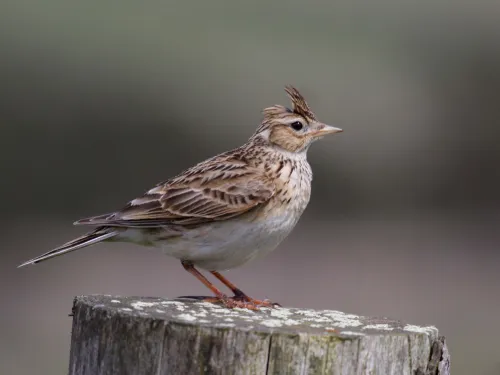
The song of the skylark has been the subject of many great musical and literary works. A quintessential feature of our farmland and grasslands habitats, it is declining rapidly with habitat loss.
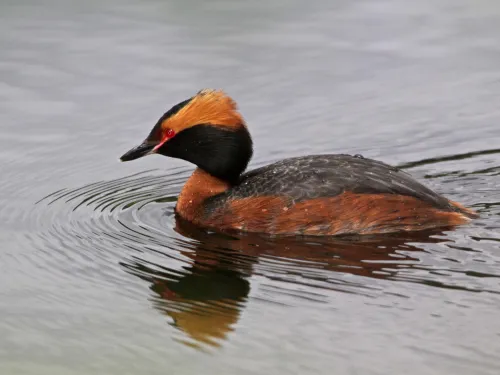
The rare Slavonian grebe is an attractive diving bird with distinctive, golden ear tufts that give rise to its American name - 'horned grebe'.
These non-native limpets arrived from America in the 19th century and are now widespread in the UK. They form stacks and have a specially adapted shell which, when flipped upside down, looks like a slipper!